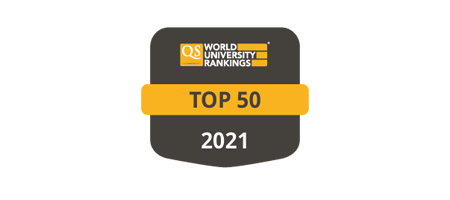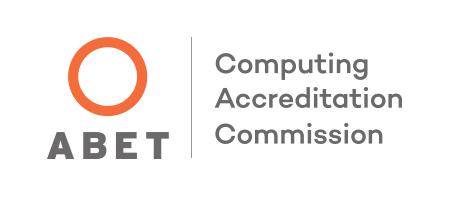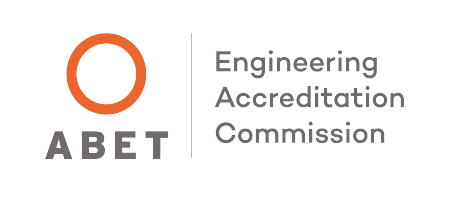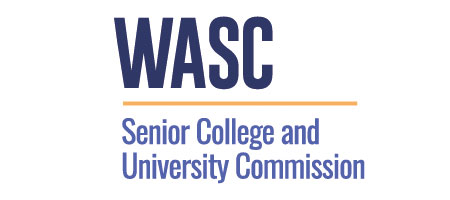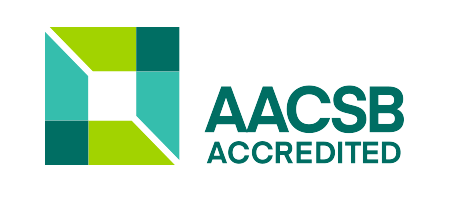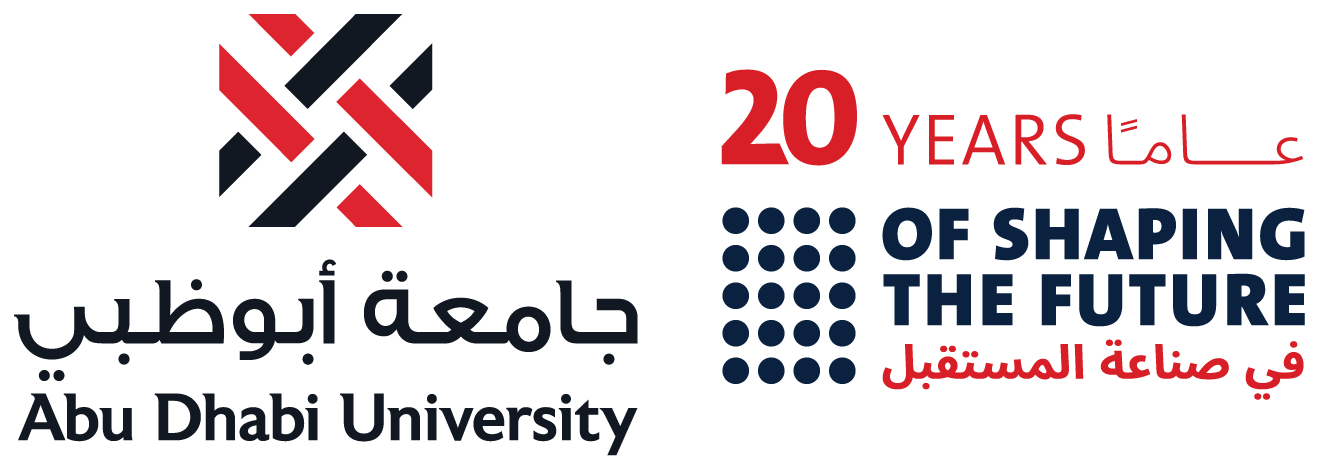Welcome to the Office of Academic Integrity (OAI).
Coordinate & provide education about academic integrity
Academic Integrity Violations
Cheating is an act that diminishes the learning process and is intended to gain grades and academic advantages without actually doing the intellectual work that merits the grades or degree.
Examples of cheating include, but are not limited to:
- Copying another person’s test answers during an exam.
- Exchanging information regarding an exam during the exam.
- Copying answers from notes such as those written on the body, clothing, pieces of paper, or electronic devices such as mobile phones and/or calculators.
- Obtaining a copy of or information about an examination ahead of time.
- Looking up answers in a book when the exam is specifically a closed book exam.
- Buying projects and term papers.
- Copying from someone else’s paper, project or assignment.
- Using notes or books during exams unless expressly allowed by the instructor.
- Hiring a surrogate test taker.
- Bringing forbidden materials such as calculators, computers, books, or notes into the exam unless expressly allowed by the instructor.
- Communicating with other students regarding the examination during the exam.
- Failing to switch off a mobile phone during the exam.
Plagiarism occurs when another person’s work is used without appropriate acknowledgement, and when one’s own work is used for multiple purposes without citation.
Examples of plagiarism include, but are not limited to:
- Borrowing all or part of another student’s paper or using someone else’s outline.
- Using the same paper for multiple classes.
- Submitting the same paper in two different courses.
Fabrication is the falsification or invention of any information or citation in an academic exercise. Fabricated information or data may not be used in any laboratory experiment or research project.
Examples of fabrication of data include, but are not limited to:
- Deliberately misreporting results of an experiment or field research.
- Inventing data and resources for written, oral, or other presentations.
- Inventing case studies and relevant facts in reports, papers, or presentations.
Collusion occurs when students work together on assessed work when “working together” is not permitted; for example, copying from each other or “lending” a past paper for copying purposes. Evidence of collusion on students’ papers occurs when two or more papers have similar or identical wording. A student who “lends” his paper to other students is just as guilty as those who have copied from it, and unless authorship of the original paper can be proven with absolute certainty, the “lender” will also be faced with academic penalties.
When assigned to work in collaborative groups, all students should participate in the activity or project. Students who cannot demonstrate their contribution to the group work/activity will be considered to be cheating.
Presenting false or misleading credentials on applications, CVs, and any other documents presented as part of the student’s file constitutes academic dishonesty.
Examples of presenting false credentials include but are not limited to:
- Claiming degrees that were not earned
- Failing to report colleges and universities attended
- Presenting falsified transcripts Presenting falsified information
- Falsely claiming employment
- Misrepresenting immigration status
- Using fake ID cards
